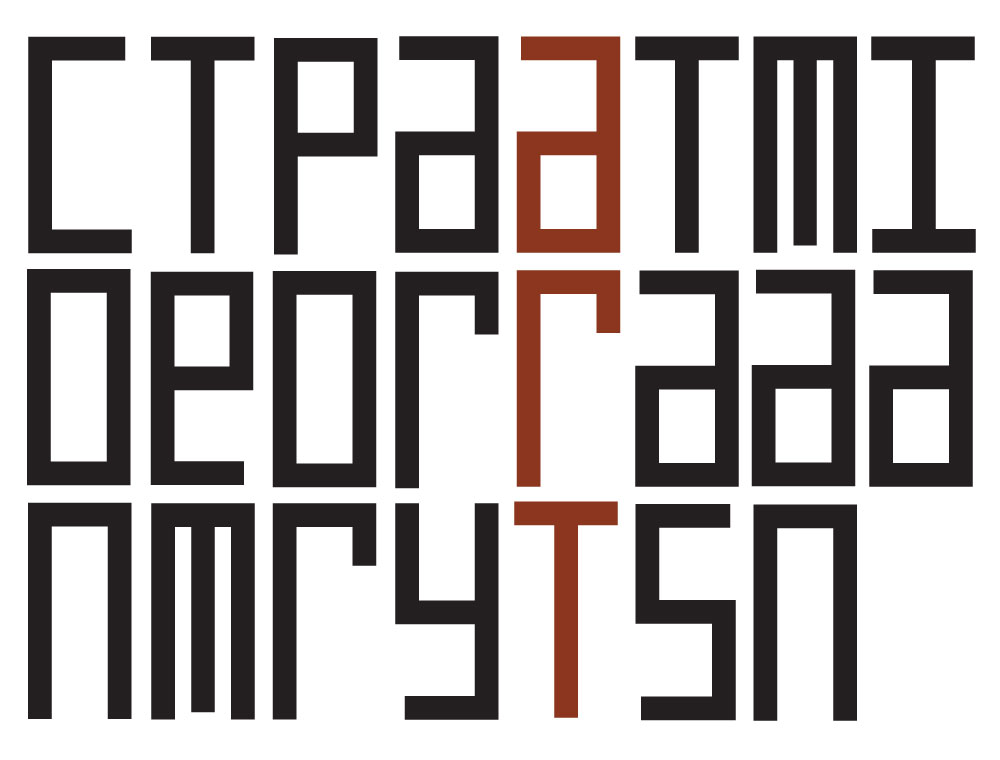#11 Futures and Disasters
Kristi Monfries & Amanda Haskard on Np423b:empty orchestra by Dylan Sheridan
Anxiety in the age of environmental disaster is something we learn to live with, in all its forms and varying degrees of horror. Knowing that the lungs of our planet are on fire brings us to tears, yet we shut down emotionally and shift into a headspace of doomsday-prepper, void, apocalyptic, frantic, we repurpose our anxiety and carry on.
When our time is up, the countries that will be the most prepared are the places where environmental disaster is already a reality. In the Global South where extreme weather causes children to contract an endless stream of dengue fever, where the only solution in managing life’s debris is to burn it – even the plastic, you must conjure magic out of nothing in order to survive.
The meaning of resilience is the fisherman who keeps fishing for food while the Sumatran rainforests burn. It was estimated that in 2015, 19 people died in Sumatra and 140,000 contracted a respiratory illness associated with it the disaster. The fires were caused by multinational corporations burning off vegetation in order to make way for palm oil plantations. This palm oil will be used in a multitude of ways, with a global reach, embedded in products ranging from shampoo to chocolate. And yet that fisherman will still try to find food in the ruined Sumatran rivers and streams, conjuring, surviving. It is almost always the Global South countries that pay for the needs of West. Always in service, always the servant, born by their own hand, desperate for a better version of life.
The Sumatran haze affected neighbouring countries including Malaysia, Singapore, Brunei and Vietnam. No action was taken by the Indonesian authorities until Singapore complained. In Central Kalimantan, Governor Sugianto Sabran offered a reward of $350,000 to any shaman who can summon three days of rain to extinguish the raging fires across the province. “Rather than using helicopters, this [way] is cheaper, but don’t just make it rain in certain areas, it has to be uniform.”
The globally responsible artist is collectively responsible. Collective responsibility resists adding to the psychic junkyard of the world. Collective responsibility is resilient just like the Sumatran fisherman. Resilient artists create bold new visions for the future, casting spells of what life could be, conjuring what is best for everyone. This begins within the making of the work itself, materiality is junk, found, repurposed and given a new life.
Dylan Sheridan is a hoarder cum artist who conjures magic out of nothing. A gleaner bower- bird, he rejects materialism by repurposing the debris of the everyday into simple anarchic objects that emulate the sounds of humanity’s collective anxiety. It is impossible to ignore the signals he is putting out, high pitched screeches embody fear and alarm that arrest and linger long after an encounter with his work. That unbearable ringing in our ears is immortalised – could that be the sound of our earth dying? Speculative and shrill in their presentation, Sheridan’s haunting melodies demand we sit within the cacophony of their sounds and instruct us to make peace with the death of our own making.
Listen.
Future, disaster.
This work cost 50c and was found at the tip.
Re-purpose, carry on.
Np243b: empty orchestra exhibited at Contemporary Art Tasmania 10 August – 8 September 2019
Volcanic Winds is an arts organisation dedicated to experimental and inter-disciplinary practices from Australia and South-East Asia.
We create work at the intersection of contemporary art, sound and performance in response to these rapidly evolving art scenes, reflecting their artistic shifts.
Driven by highly collaborative practices, our creative outputs take many forms resulting in performances, exhibitions, artistic action, workshops and discussions.
In addition to this, Volcanic Winds hosts residencies and brokers creative partnerships aimed at fostering engagement with South East-Asia. We do this by working in partnership with a diverse range of artists and organisations between our two active sites in Yogyakarta and Melbourne.
JOURNAL is edited by CAT Engagement Co-ordinator, Lisa Campbell-Smith.
The project commissions writers to create new text-based works that engage with the CAT exhibition program. The platform provides an opportunity for writers to develop work outside the structures of critique and criticism prevalent in art writing.
